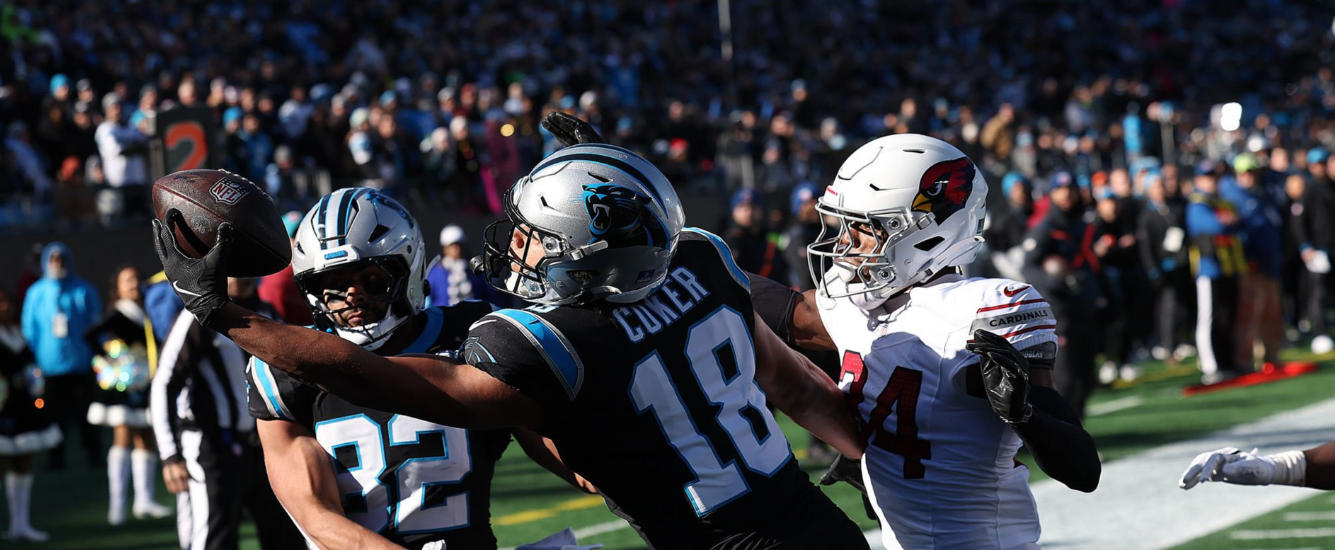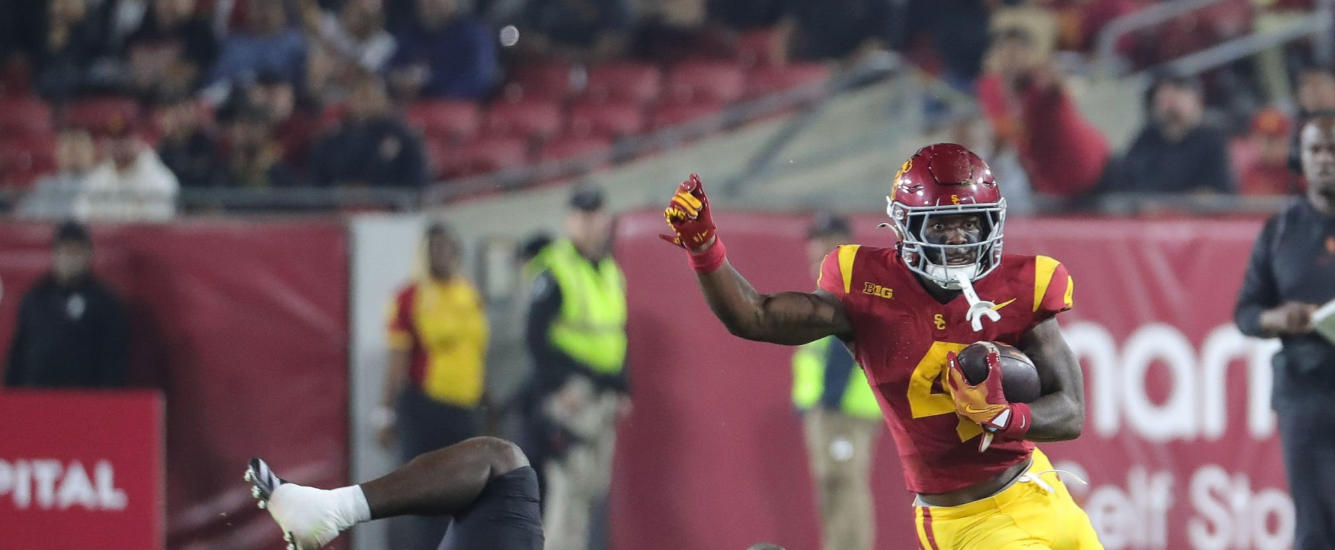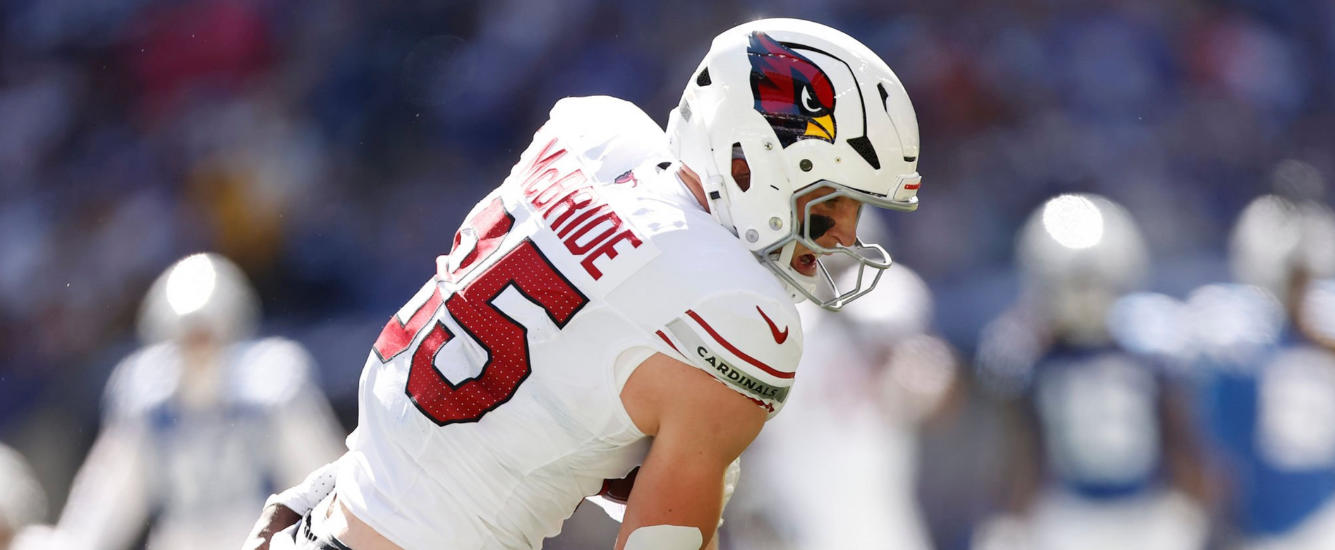Two of the projects that I’ve spent an inordinate amount of time working on are the Draft Dashboard (DD) and the Range of Outcomes app (ROO). Both tools are focused on helping redraft managers maximize their chances of winning in the coming season. The 2021 version of the DD was recently released. In a nutshell, it’s a drafting tool that helps users to keep track...
- 2025 Rookie Guide
- Monday Review
- Tools
FANTASY FOOTBALL Tools
In-Season
NOTE: Our tools will be updated each week as soon as data from our stats provider is available. Generally, data from Sunday’s games will be available early Tuesday afternoon. For an immediate look at the games from the previous weekend, please check out our Monday Review tool which includes a collection of preliminary stats.
- All NFL
- Best Ball
- Dynasty
- Weekly GLSP
- Rankings
Using the Draft Dashboard and Range of Outcomes App to Build A Team With Monster Potential

Please subscribe For Full Access to all RotoViz content and tools!
What’s included in your subscription??
- Exclusive Access to RotoViz Study Hall
- A treasure trove of our most insightful articles that will teach you the metrics that matter, time-tested winning strategies, the approaches that will give you an edge, and teach you how to be an effective fantasy manager.
- Revolutionary Tools
- Including the NFL Stat Explorer, Weekly GLSP Projections, NCAA Prospect Box Score Scout, Combine Explorer, Range of Outcomes App, DFS Lineup Optimizer, Best Ball Suite,and many, many, more.
- Groundbreaking Articles
- RotoViz is home of the original Zero-RB article and continues to push fantasy gamers forward as the go-to destination for evidence-based analysis and strategic advantages.
- Weekly Projections
- Built using RotoViz’s unique GLSP approach.
- Expert Rankings
- And a whole lot more…
Dave Caban
Senior Fantasy Analyst, app developer, hosts the RotoViz Radio Flagship, auction draft enthusiast.

Going Deep: Week 17 Passing Matchups Preview
Dave Caban
December 23, 2024
Dave Caban uses charting data, advanced metrics, and other RotoViz tools like the Passing Game Matchup Rater to understand the challenges facing wide receivers and tight ends in Week 17.

Going Deep: Week 16 Passing Matchups Preview
Dave Caban
December 20, 2024
Dave Caban uses charting data, advanced metrics, and other RotoViz tools like the Passing Game Matchup Rater to understand the challenges facing wide receivers and tight ends in Week 16.

Going Deep: Week 15 Passing Matchups Preview, Part 2
Dave Caban
December 14, 2024
Dave Caban uses charting data, advanced metrics, and RotoViz tools like the Passing Game Matchup Rater to better understand the challenges facing wide receivers and tight ends in the Week 15.
Going Deep: Week 17 Passing Matchups Preview
Dave Caban
December 23, 2024
Dave Caban uses charting data, advanced metrics, and other RotoViz tools like the Passing Game Matchup Rater to understand the challenges facing wide receivers and tight ends in Week 17.
Going Deep: Week 16 Passing Matchups Preview
Dave Caban
December 20, 2024
Dave Caban uses charting data, advanced metrics, and other RotoViz tools like the Passing Game Matchup Rater to understand the challenges facing wide receivers and tight ends in Week 16.
Going Deep: Week 15 Passing Matchups Preview, Part 2
Dave Caban
December 14, 2024
Dave Caban uses charting data, advanced metrics, and RotoViz tools like the Passing Game Matchup Rater to better understand the challenges facing wide receivers and tight ends in the Week 15.
Analysis
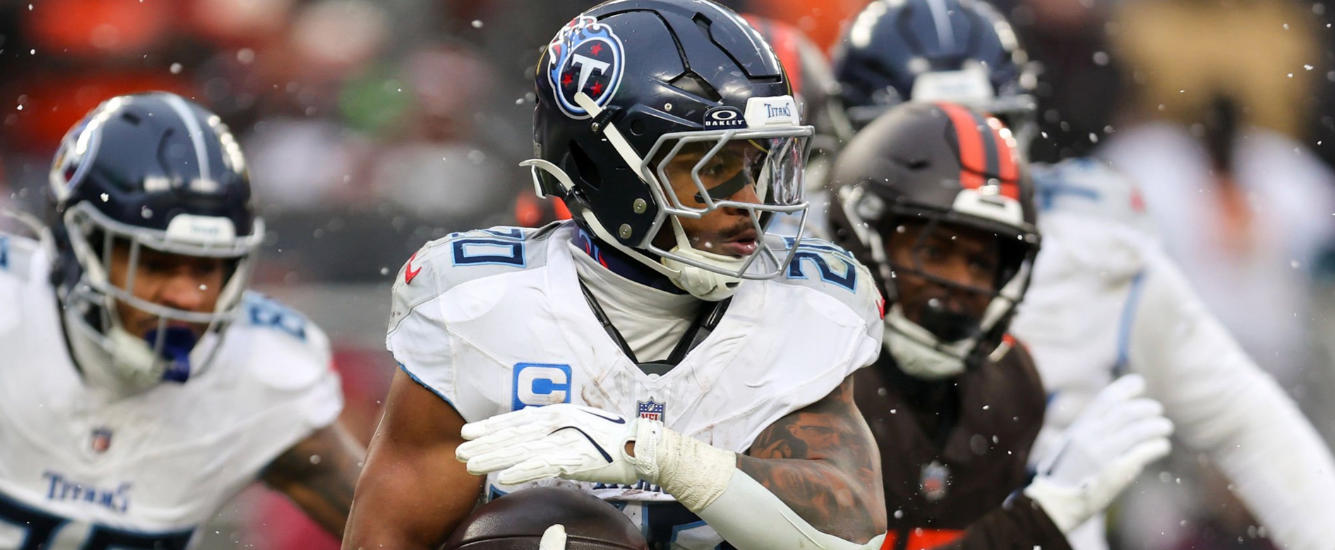
Week 16 Running Back Advanced Stats: Ashton Jeanty and Tony Pollard Could Win Leagues
Corbin Young
December 27, 2025

Game-Level Similarity Projections and Weekly Rankings: The Wrong Read, Week 17
Blair Andrews
December 27, 2025

James Cook’s Rushing Title Runs Through the League’s Only Stable Blocking Unit: Offensive Lines and Their Fantasy Impacts, Week 17
Thomas Emerick
December 27, 2025
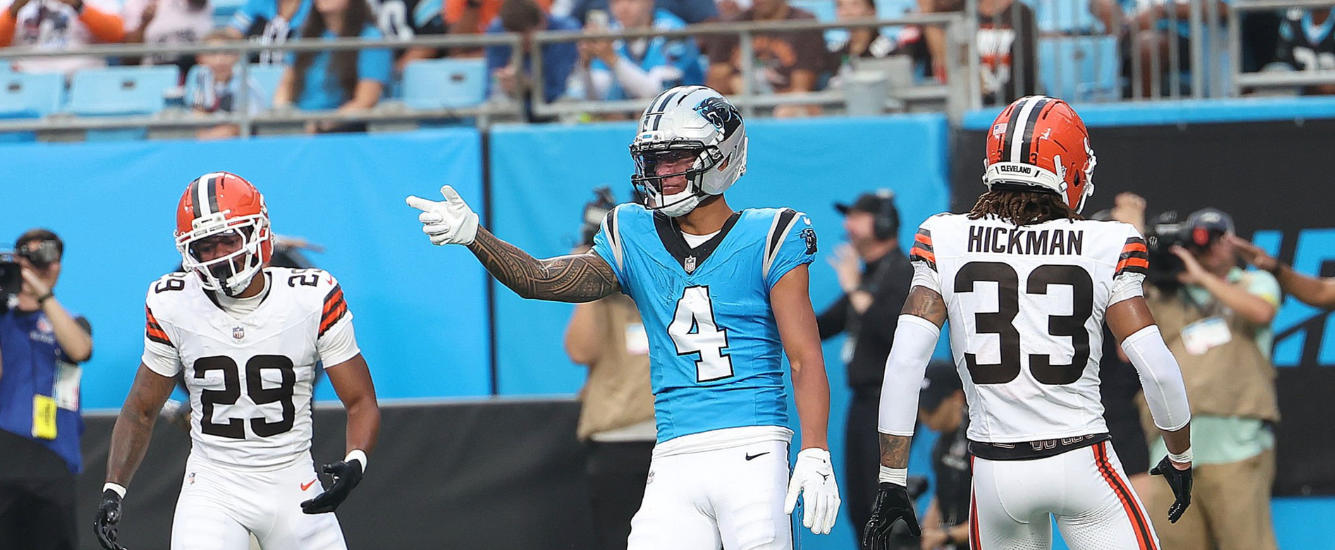
Week 16 WR Advanced Stats: Tetairoa McMillan Has Solidified Himself as 2025’s Top Rookie Wideout
Kevin Szafraniec
December 27, 2025

The Banana Stand: Start Your Week 17 Championship Run By Dominating on Christmas
Shawn Siegele
December 24, 2025
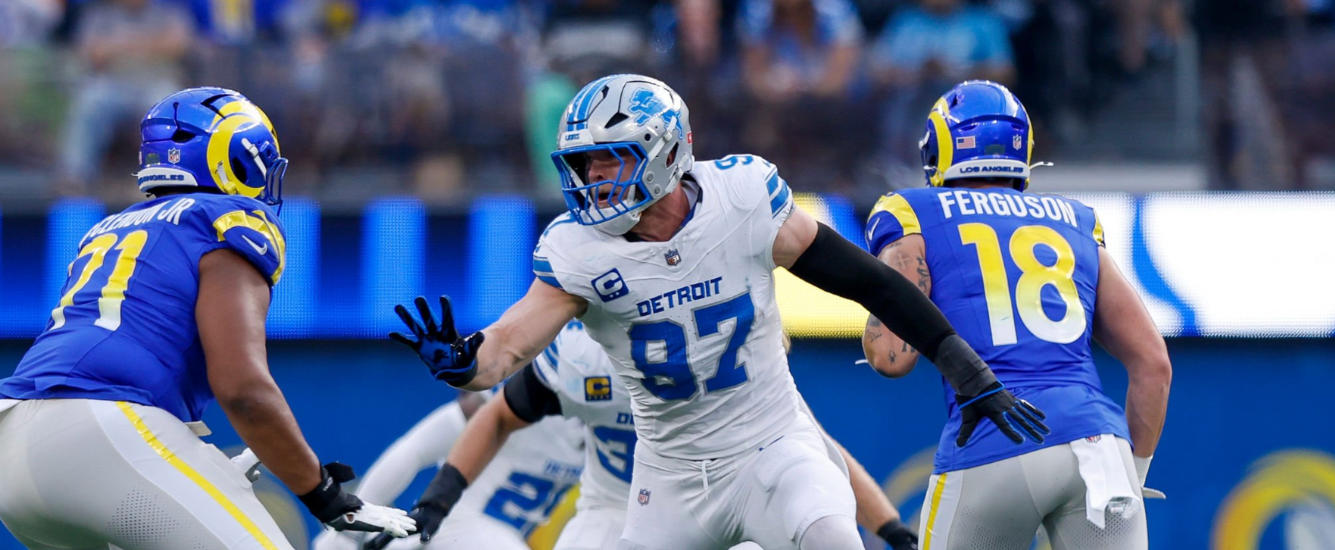
The Lions Take on a Minnesota Team That’s Hit Rock Bottom: D/ST Streaming, Week 17
Ross Durham
December 24, 2025
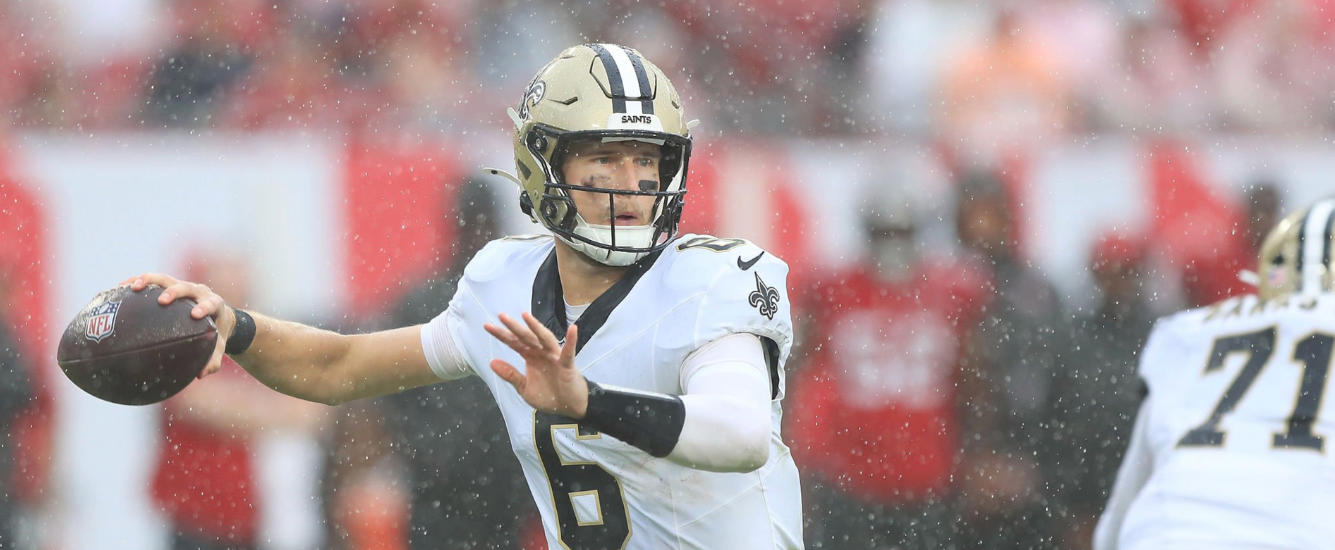
Week 17 Waivers: Let’s Go Win Some Fantasy Championships!
Kevin Szafraniec
December 23, 2025

It All Comes Down to This: Week 17 Tight End Streamers
Neil Dutton
December 23, 2025
Related Articles
In-Season Articles
In-Season Articles

Week 16 Running Back Advanced Stats: Ashton Jeanty and Tony Pollard Could Win Leagues
Corbin Young
December 27, 2025

Game-Level Similarity Projections and Weekly Rankings: The Wrong Read, Week 17
Blair Andrews
December 27, 2025

James Cook’s Rushing Title Runs Through the League’s Only Stable Blocking Unit: Offensive Lines and Their Fantasy Impacts, Week 17
Thomas Emerick
December 27, 2025

Week 16 WR Advanced Stats: Tetairoa McMillan Has Solidified Himself as 2025’s Top Rookie Wideout
Kevin Szafraniec
December 27, 2025

The Banana Stand: Start Your Week 17 Championship Run By Dominating on Christmas
Shawn Siegele
December 24, 2025

The Lions Take on a Minnesota Team That’s Hit Rock Bottom: D/ST Streaming, Week 17
Ross Durham
December 24, 2025

Week 17 Waivers: Let’s Go Win Some Fantasy Championships!
Kevin Szafraniec
December 23, 2025

It All Comes Down to This: Week 17 Tight End Streamers
Neil Dutton
December 23, 2025
Related Articles

Week 16 Running Back Advanced Stats: Ashton Jeanty and Tony Pollard Could Win Leagues
Corbin Young
December 27, 2025

Game-Level Similarity Projections and Weekly Rankings: The Wrong Read, Week 17
Blair Andrews
December 27, 2025

James Cook’s Rushing Title Runs Through the League’s Only Stable Blocking Unit: Offensive Lines and Their Fantasy Impacts, Week 17
Thomas Emerick
December 27, 2025

Week 16 WR Advanced Stats: Tetairoa McMillan Has Solidified Himself as 2025’s Top Rookie Wideout
Kevin Szafraniec
December 27, 2025

The Banana Stand: Start Your Week 17 Championship Run By Dominating on Christmas
Shawn Siegele
December 24, 2025

The Lions Take on a Minnesota Team That’s Hit Rock Bottom: D/ST Streaming, Week 17
Ross Durham
December 24, 2025

Week 17 Waivers: Let’s Go Win Some Fantasy Championships!
Kevin Szafraniec
December 23, 2025

It All Comes Down to This: Week 17 Tight End Streamers
Neil Dutton
December 23, 2025
The Blitz

About

Sign-up today for our free Premium Email subscription!
Data provided by
© 2021 RotoViz. All rights Reserved.

